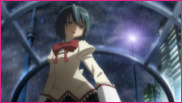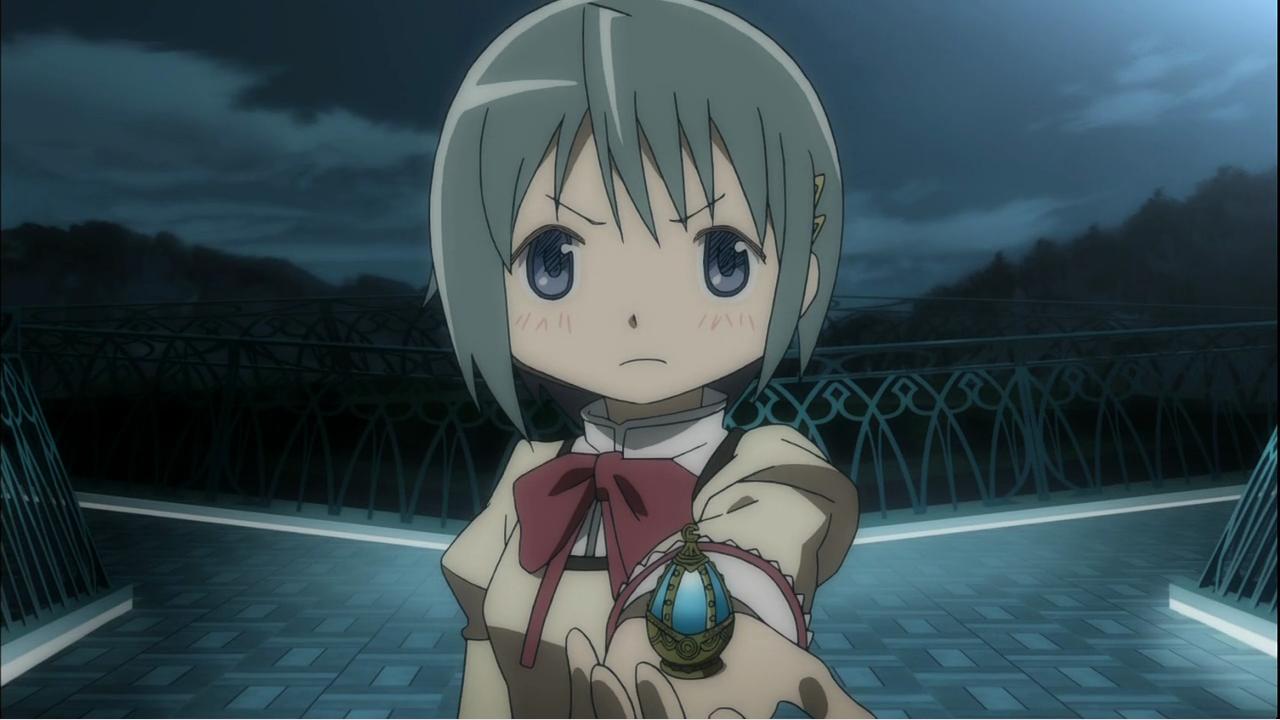In this article series, Lucy Rubin breaks down anime analysis for Around Akiba and how we can use it in our everyday anime-watching lives. This time, we will explore narrative causality.
Narrative Causality: a second major component of narrative
In our last article, we introduced narrative order when talking about narrative. Now, narrative order is not the only aspect of film narrative to consider. A second major component of narrative is causality: the things (actions, events, character traits, etc.) that cause different developments (or non-developments) within a narrative. As a viewer, we think about narrative causality when we try to make sense of the series of actions that happen within an anime and consider the cause and effect relationship between different events.

(SPOILERS AHEAD) Returning to Madoka Magica, think to when Sayaka turned into a witch. The audience only understands why she did over the course of prior episodes. The build up in these episodes allows the audience to realize the different factors contributing to Sayaka’s despair. (SPOILERS OVER)
When a director decides to give, or withhold, certain information, this is a cue for us to think about the causal relationships in the anime. When we can ‘see something coming,’ the director has often deliberately given us certain bits of information or crafted a character to shape our expectations. On the flip side, when a character does something against to what we would expect of them, we are surprised. However, we are only surprised because all of the information that we have up until that point has been an effort to build a particular understanding of a character, which is then undercut by our surprise. In both of these situations, causality is essential. When evaluating causality in anime, consider what factors (whether they be character traits or events within the narrative) cause characters to make the choices they do? And how do they affect these characters or situations moving forward?
In part I and part II, we covered the first half of narrative analysis: narrative order (the ordering of information) and causality (what factors influence the decisions and actions of characters). The consideration of these two factors breaks down the specific decisions of a director and helps us understand how we have been lead to a specific emotional response from a film or show. In the next piece, we will move to the second half of narrative analysis: range and depth of narration, and consider how we can become more critical viewers through narrative analysis.






